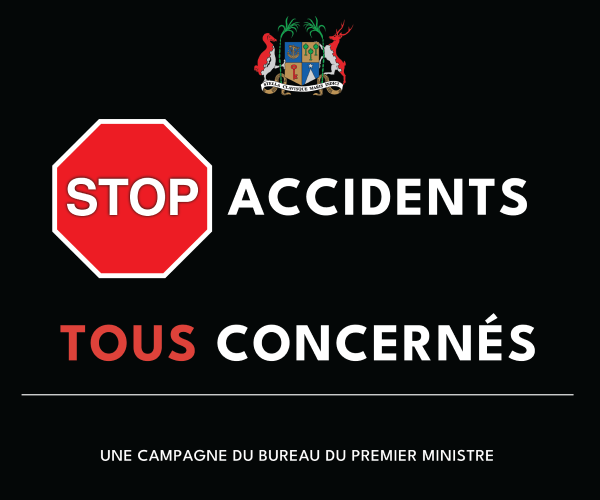Seychelles through the Ministry of Fisheries, the Seychelles Fishing Authority (SFA) and other stakeholders, including the country’s fishermen community, has come up with the country’s first Mahé Plateau Trap and Line fishery Co-Management Plan which will ensure sustainable fisheries which will provide for our current and future needs, while conserving fish stocks and marine ecosystems.
The new fisheries management plan which paves the way towards a sustainable trap and line fishery in Seychelles – initiated in 2007 and significantly developed in 2015 – was officially launched yesterday by Designated Minister Jean-François Ferrari who also holds the portfolio for Fisheries during a ceremony at the Eden Bleu Hotel in the presence of principal secretary for Fisheries Roy Clarisse, principal secretary in the department of the Blue Economy Kenneth Racombo, chief executive of the SFA Nichol Elizabeth, deputy chief executive of the SFA Radley Webber, stakeholders and key partners in fisheries.
The plan proposes a set of measures to regulate fisheries that apply to different actors in the field, including licensed fishers, recreational and sports fishers and also the consumers.
To enable the application of such measures, a regulatory framework, capacity-building plan and allocation of resources for enforcement have been put in place by the SFA.
Launching the new management plan, Minister Ferrari firstly commended the priceless contributions made by many individuals, with words of recognition for the ex-chief executive of the SFA, the late Finley Racombo and Florent Pool, a founding member of the Roche Caïman Fishermen Association.
He described the new management plan as a journey that has been planned, designed and will be travelled together.
Minister Ferrari also noted that the development of the management plan was done according to international best practice, while it is the first fisheries document to be developed strictly according to Seychelles’ legislation, and built on co-management approach.
The Mahé Plateau supports an artisanal fishery that is critically important in providing local food security and economic development in Seychelles.
The main species targeted by the hand line fishery are snappers, groupers and emperors whereas the trap fishery targets rabbitfish, parrotfish and emperors.
However, over recent years fishers have raised concerns over decreasing catch rates and sizes of target species, and this has been supported by risk and stock assessments.
These assessment results demonstrated multiple lines of evidence that overfishing on some of the major plateau fishery species is likely to be occurring and that management intervention is an urgent need.
Measuring sustainability
The Mahé plateau supports an artisanal fishery that is critically important for food security and economic development of our nation.
The main species targeted by the hand line fishery are fish such as bourzwa, bordmar (snappers), vyey (groupers) and kapitenn rouz, laskar, baksou (emperors), whereas the trap fishery targets kordonnyen (rabbitfish), kakatwa (parrotfish) and rouze (goatfish).
The catch rate of snappers has reduced from around 36 kilos per day in 1994 to only 16 kilos per day in 2016.
Likewise, the jobfish catch rate has dropped from 45 kilos per day in 1990 to 24 kilos per day in 2016.
The reduction in catch rates and other evidence of overfishing has prompted the introduction of measures proposed in the Mahé Plateau Trap and Line Fishery co-management Plan to improve sustainability of our fish stocks.
Such measures include a size limit for bourzwa (Emperor red snapper) and zob gris (Green jobfish), two of the most commercially important species.






